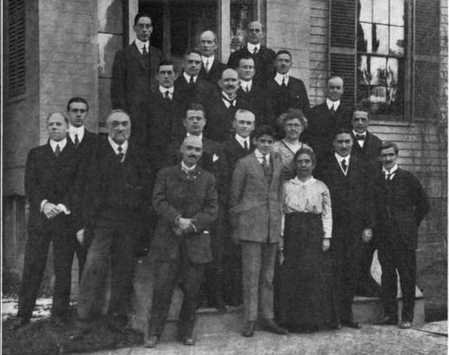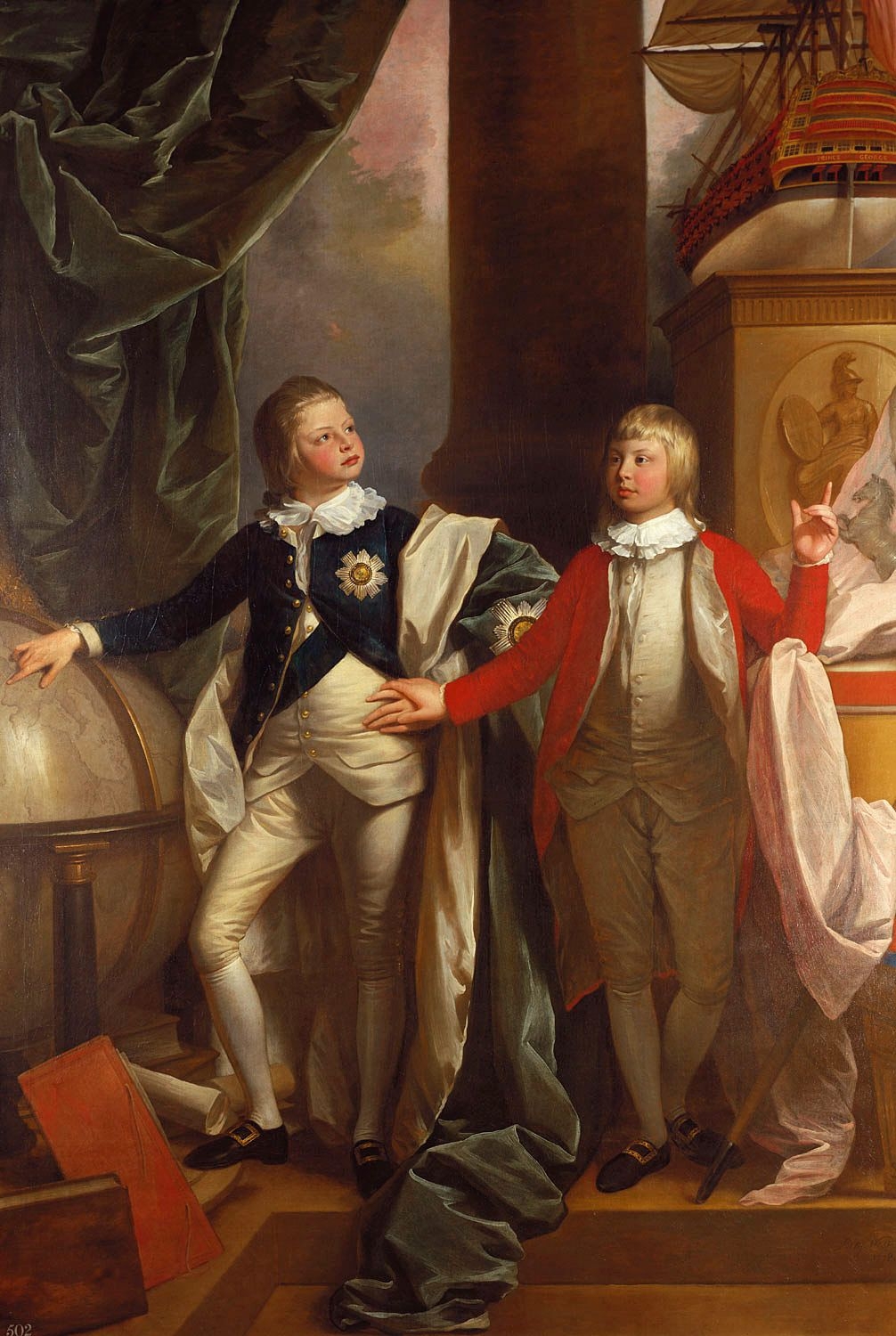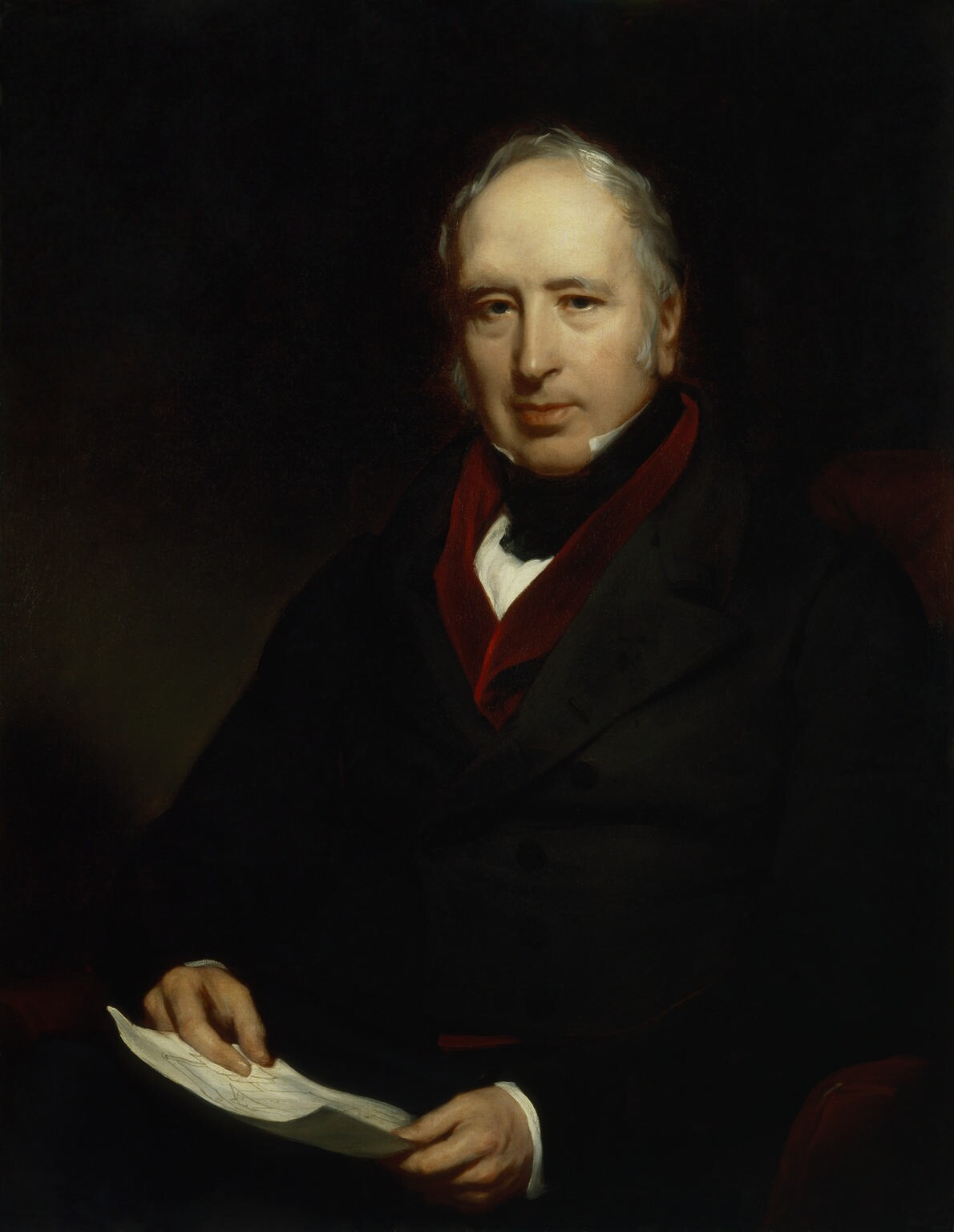|
Royal Astronomical Society
The Royal Astronomical Society (RAS) is a learned society and charitable organisation, charity that encourages and promotes the study of astronomy, planetary science, solar-system science, geophysics and closely related branches of science. Its headquarters are in Burlington House, on Piccadilly in London. The society has over 4,000 members, known as fellows, most of whom are professional researchers or postgraduate students. Around a quarter of Fellows live outside the UK. The society holds monthly scientific meetings in London, and the annual National Astronomy Meeting at varying locations in the British Isles. The RAS publishes the scientific journals ''Monthly Notices of the Royal Astronomical Society'', ''Geophysical Journal International'' and ''RAS Techniques and Instruments'', along with the trade magazine ''Astronomy & Geophysics''. The RAS maintains an astronomy research library, engages in public outreach and advises the UK government on astronomy education. The socie ... [...More Info...] [...Related Items...] OR: [Wikipedia] [Google] [Baidu] |
Burlington House
Burlington House is a building on Piccadilly in Mayfair, London. It was originally a private English Baroque and then Neo-Palladian mansion owned by the Earl of Burlington, Earls of Burlington. It was significantly expanded in the mid-19th century after being purchased by the British government. Today, the Royal Academy and five learned societies occupy much of the building. History The house was one of the earliest of a number of very large private residences built on the north side of Piccadilly, previously a country lane, from the 1660s onwards. The first version was begun by John Denham (poet), Sir John Denham in about 1664. It was a red-brick double-pile hip-roofed mansion with a recessed centre, typical of the style of the time, or perhaps even a little old fashioned. Denham may have acted as his own architect, or he may have employed Hugh May, who certainly became involved in the construction after the house was sold in an incomplete state in 1667 to Richard Boyle, 1st Ea ... [...More Info...] [...Related Items...] OR: [Wikipedia] [Google] [Baidu] |
Geophysical Journal International
''Geophysical Journal International'' (GJI) is a monthly Peer review, peer-reviewed scientific journal in the field of geophysics. It is published by Oxford University Press on behalf of two learned societies: the Royal Astronomical Society (RAS) and the Deutsche Geophysikalische Gesellschaft (German Geophysical Society, DGG), who select and peer-review the contents. GJI was formed in 1988 by the merger of three earlier geophysics journals, the oldest of which was established in 1922. The editor-in-chief is Joerg Renner (Ruhr University Bochum). The journal publishes original research papers, research notes, letters, and book reviews. Its topical scope includes research on all aspects of theoretical, computational, applied and observational geophysics. History GJI was formed by a complex series of mergers between previous geophysical journals. Its origins can be traced to 1919, when the RAS absorbed the Geophysical Committee (which had previously been part of the British Assoc ... [...More Info...] [...Related Items...] OR: [Wikipedia] [Google] [Baidu] |
Annie Jump Cannon
Annie Jump Cannon (; December 11, 1863 – April 13, 1941) was an American astronomer whose cataloging work was instrumental in the development of contemporary stellar classification. With Edward C. Pickering, she is credited with the creation of the Stellar classification, Harvard Classification Scheme, which was the first serious attempt to organize and classify stars based on their temperatures and spectral types. She was nearly deaf throughout her career after 1893, as a result of scarlet fever. She was a Suffragette, suffragist and a member of the National Woman's Party, National Women's Party. Personal life Cannon was born on December 11, 1863, in Dover, Delaware. She was the eldest of three daughters born to Wilson Cannon, a Delaware shipbuilder and state senator, and his second wife, Mary Jump. Cannon's mother was the first person to teach her the constellations and she encouraged her to follow her own interests, suggesting that she pursue studies in mathematics, chemistry ... [...More Info...] [...Related Items...] OR: [Wikipedia] [Google] [Baidu] |
Agnes Mary Clerke
Agnes Mary Clerke (10 February 1842 – 20 January 1907) was an Irish astronomer and writer. She was born in Skibbereen, County Cork, Ireland, and died in London. Family Agnes Clerke was the daughter of John William Clerke (c. 1814–1890) who was, at the time, a bank manager in Skibbereen, and his wife Catherine Mary Deasy (born circa 1819) whose father was a judge's registrar. She had two siblings; her older sister, Ellen Mary (1840-1906) and her younger brother, Aubrey St. John (1843-1923). Her elder sister Ellen also wrote about astronomy. All of the Clerke children were entirely home schooled. Catherine Clerke was educated at the Ursuline Convent school, and therefore placed a great deal of importance on the education of young girls. Life and work Following in her father's footsteps—while studying classics, he had also taken courses in astronomy—she developed an interest in astronomy from an early age. Using her father's 4-inch telescope in her observations, she ... [...More Info...] [...Related Items...] OR: [Wikipedia] [Google] [Baidu] |
Anne Sheepshanks
Anne Sheepshanks (2 April 1789 – 8 February 1876) was a British astronomical benefactor. Life Sheepshanks was born in Leeds on 2 April 1789. She was the daughter of Joseph and Ann Sheepshanks. Her mother was from Kendal and her father was a cloth manufacturer. Her brothers were John and Richard Sheepshanks. In 1819, her brother Richard returned from being tenth wrangler and after obtaining his master's degree at Trinity College, Cambridge. Sheepshanks went to live with him. When he died unmarried in Reading in 1855 she was his heir. She gave 196 books from her brother's book collection to the Royal Astronomical Society. Sheepshanks gave £10,000 to the Cambridge Observatory. This fund was used to purchase a modern photographic telescope at the observatory, which was named in her honour, and also to establish the Sheepshanks Exhibition. She became an honorary member of the Royal Astronomical Society.Anne Sheepshanks: patron, benefactor, sister, by Mark Hurn A&G (2016) 57 ... [...More Info...] [...Related Items...] OR: [Wikipedia] [Google] [Baidu] |
Spitalfields Mathematical Society
The Spitalfields Mathematical Society was a learned society primarily for working class manual labourers founded in 1717 by Joseph Middleton and based in Spitalfields. Middleton was a retired mariner who had worked as a teacher of mathematics and a marine surveyor who wished to teach the mathematics of navigation to sailors. Membership Members of the Society were drawn from artisans and craftsmen such as weavers, apothecaries, brewers, braziers, bakers, bricklayers, ironmongers, stockbrokers, and makers of optical and mathematical instruments. Well-known members included John Canton, John Dollond, Thomas Simpson, John Crosley, John Tatum, Francis Baily, and Benjamin Gompertz. The Society was originally established to allow for a maximum number of 64 members – the square of eight. This was reduced to the square of seven in 1735 and then increased back to the square of eight in 1783. By 1804, the maximum number of members was the square of nine. After this, membership bega ... [...More Info...] [...Related Items...] OR: [Wikipedia] [Google] [Baidu] |
William IV Of The United Kingdom
William IV (William Henry; 21 August 1765 – 20 June 1837) was King of the United Kingdom of Great Britain and Ireland and King of Hanover from 26 June 1830 until his death in 1837. The third son of George III, William succeeded his elder brother George IV, becoming the last king and penultimate monarch of Britain's House of Hanover. William served in the Royal Navy in his youth, spending time in British North America and the Caribbean, and was later nicknamed the "Sailor King". In 1789, he was created Duke of Clarence and St Andrews. Between 1791 and 1811, he cohabited with the actress Dorothea Jordan, with whom he had ten children. In 1818, he married Princess Adelaide of Saxe-Meiningen; William was not known to have had mistresses during their marriage. In 1827, he was appointed Britain's Lord High Admiral, the first since 1709. As his two elder brothers died without leaving legitimate issue, William inherited the throne when he was 64 years old. H ... [...More Info...] [...Related Items...] OR: [Wikipedia] [Google] [Baidu] |
Royal Charter
A royal charter is a formal grant issued by a monarch under royal prerogative as letters patent. Historically, they have been used to promulgate public laws, the most famous example being the English Magna Carta (great charter) of 1215, but since the 14th century have only been used in place of private acts to grant a right or power to an individual or a body corporate. They were, and are still, used to establish significant organisations such as boroughs (with municipal charters), university, universities, and learned society, learned societies. Charters should be distinguished from royal warrant of appointment, royal warrants of appointment, grant of arms, grants of arms, and other forms of letters patent, such as those granting an organisation the right to use the word "royal" in their name or granting city status in the United Kingdom, city status, which do not have legislative effect. The British monarchy list of organisations in the United Kingdom with a royal charter, ... [...More Info...] [...Related Items...] OR: [Wikipedia] [Google] [Baidu] |
Gentleman Scientist
An independent scientist (historically also known as gentleman scientist) is a financially independent scientist who pursues scientific study without direct affiliation to a public institution such as a university or government-run research and development body. The term "gentleman scientist" arose in post-Renaissance Europe, but became less common in the 20th century as government and private funding increased. Most independent scientists have at some point in their career been affiliated with some academic institution, such as Charles Darwin, who was affiliated with the Geological Society of London. History Self-funded scientists practiced more commonly from the Renaissance until the late 19th century, including the Victorian era, especially in England, before large-scale government and corporate funding was available. Many early fellows of the Royal Society in London were independent scientists. Modern Modern-day independent scientists who fund their own research on an i ... [...More Info...] [...Related Items...] OR: [Wikipedia] [Google] [Baidu] |
Science Council
The Science Council is a UK organisation that was established by Royal Charter in 2003. The principal activity of The Science Council is the promotion of the advancement and dissemination of knowledge of and education in science pure and applied, for the public benefit. The Science Council is the Competent Authority with respect to the European Union directive 2005/36/EC. It is a membership organisation for learned and professional bodies across science and its applications and works with them to represent this sector to government and others. Together, the member organisations represent over 350,000 scientists. The Science Council provides a forum for discussion and exchange of views and works to foster collaboration between member organisations and the wider science, technology, engineering, mathematics and medical communities to enable inter-disciplinary contributions to science policy and the application of science. History Timeline The Science Council was founded in 200 ... [...More Info...] [...Related Items...] OR: [Wikipedia] [Google] [Baidu] |
International Astronomical Union
The International Astronomical Union (IAU; , UAI) is an international non-governmental organization (INGO) with the objective of advancing astronomy in all aspects, including promoting astronomical research, outreach, education, and development through global cooperation. It was founded on 28 July 1919 in Brussels, Belgium and is based in Paris, France. The IAU is composed of individual members, who include both professional astronomers and junior scientists, and national members, such as professional associations, national societies, or academic institutions. Individual members are organised into divisions, committees, and working groups centered on particular subdisciplines, subjects, or initiatives. the Union had 85 national members and 12,734 individual members, spanning 90 countries and territories. Among the key activities of the IAU is serving as a forum for scientific conferences. It sponsors nine annual symposia and holds a triannual General Assembly that sets policy ... [...More Info...] [...Related Items...] OR: [Wikipedia] [Google] [Baidu] |
Gold Medal Of The Royal Astronomical Society
The Gold Medal of the Royal Astronomical Society is the highest award given by the Royal Astronomical Society (RAS). The RAS Council have "complete freedom as to the grounds on which it is awarded" and it can be awarded for any reason. Past awards have been given for "outstanding personal researches in the fields of astronomy and geophysics" as well as general contributions to astronomy and geophysics "that may be made through leadership in research programmes, through education and through scientific administration". It has been awarded both for research that has taken a lifetime (it has most frequently been given to recognise an extraordinary lifetime achievement), and for specific pieces of research. History The RAS was founded in 1820 and the first Gold Medals were awarded in 1824. Silver medals were also awarded in 1824 and 1827, but that practice was quickly abandoned, instead the Royal Astronomical Society#Awards, RAS established other awards. In the early years, more tha ... [...More Info...] [...Related Items...] OR: [Wikipedia] [Google] [Baidu] |




